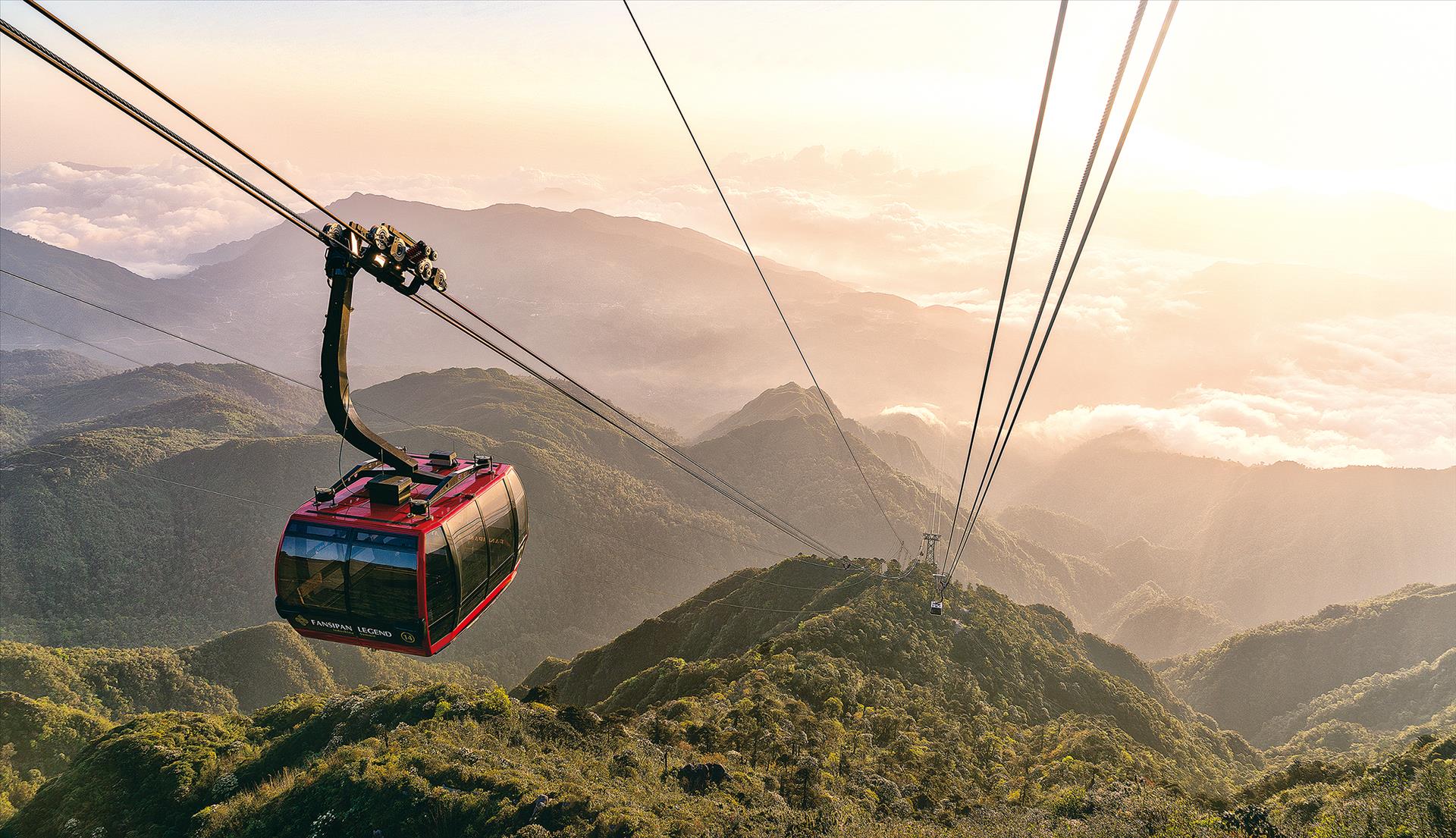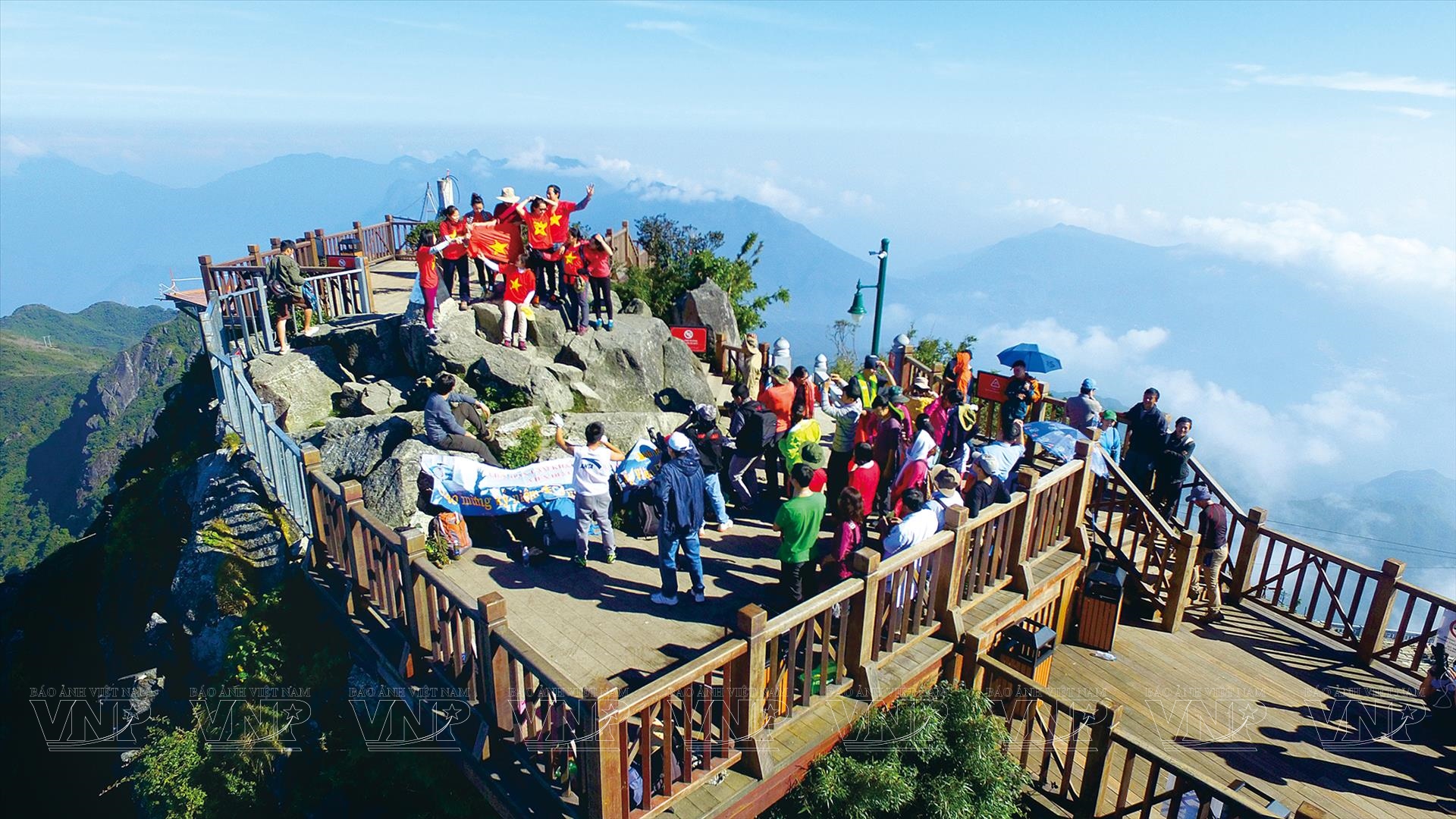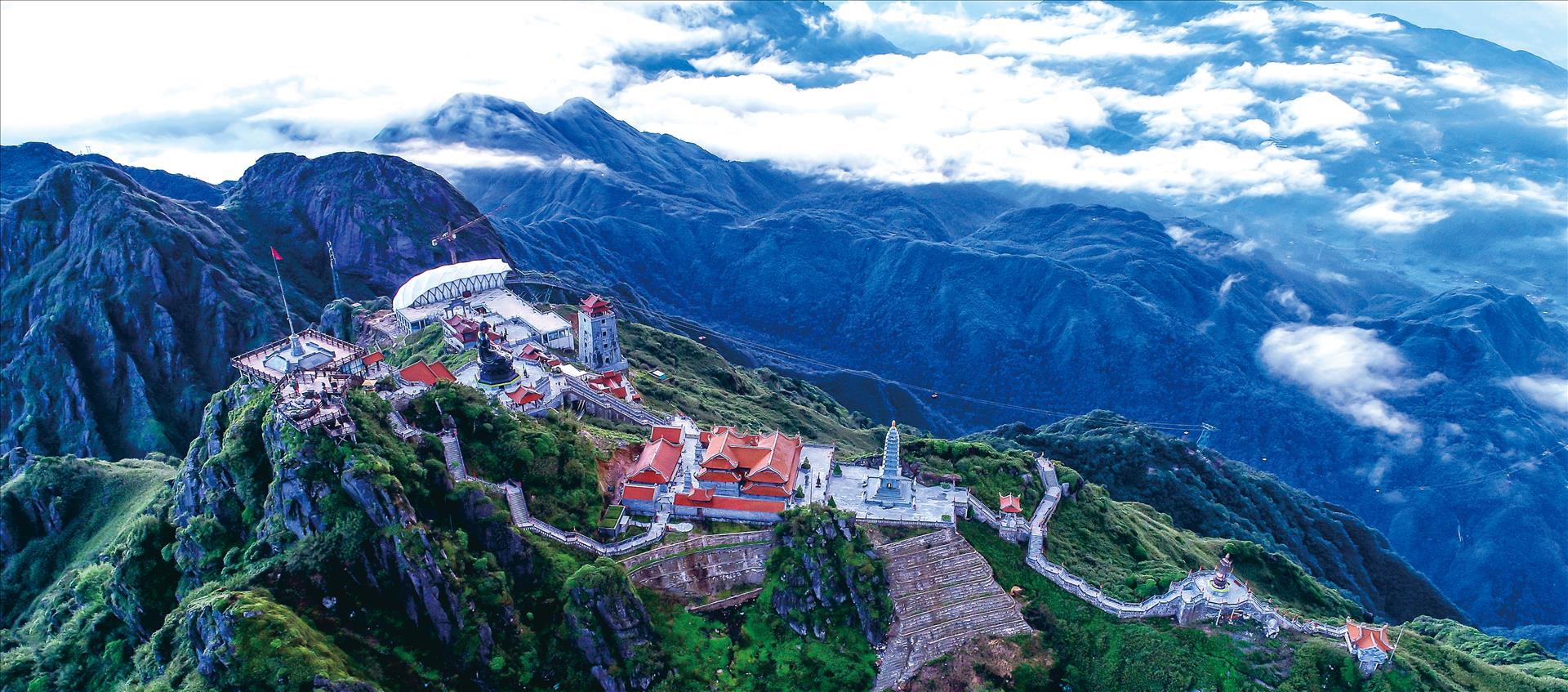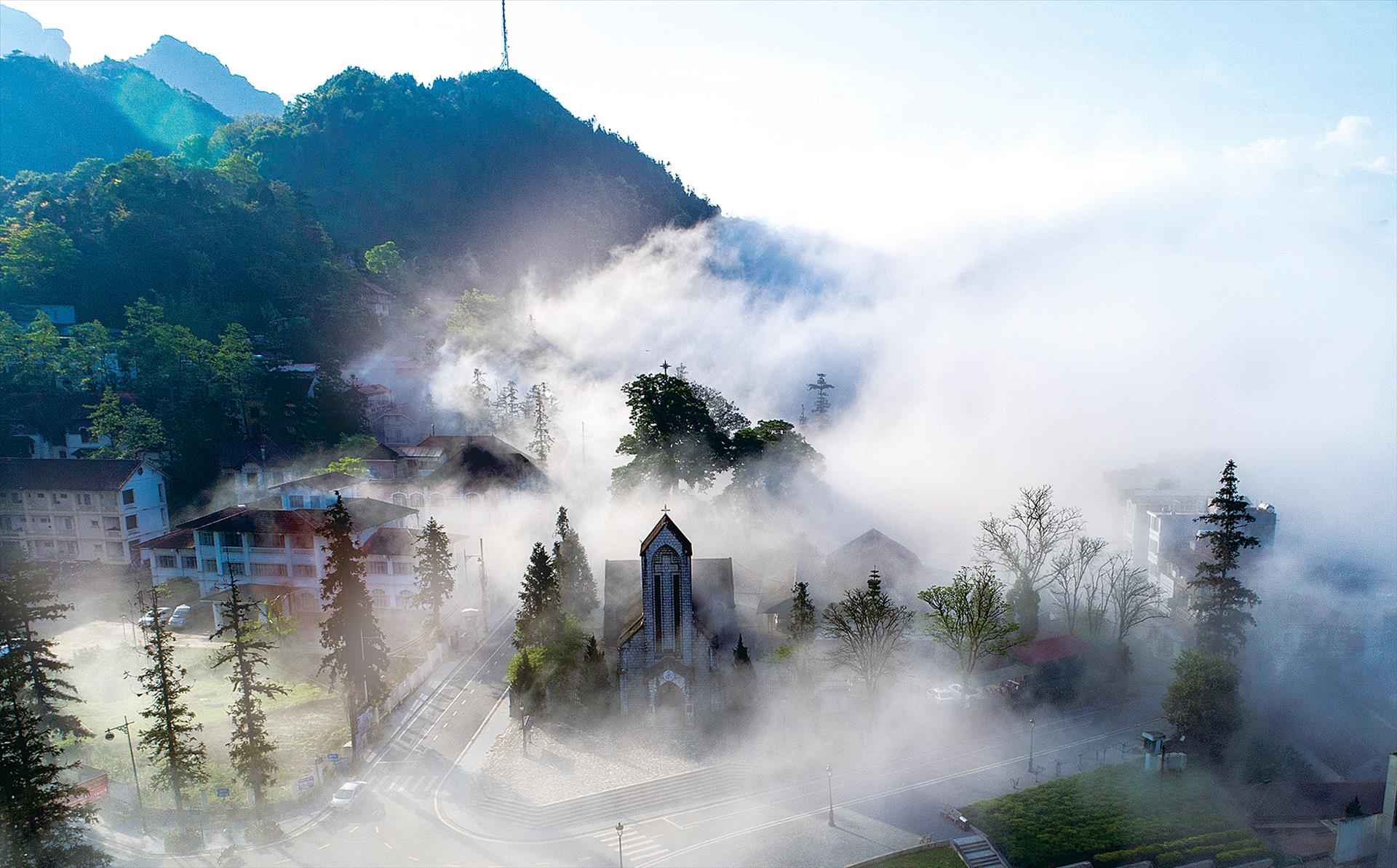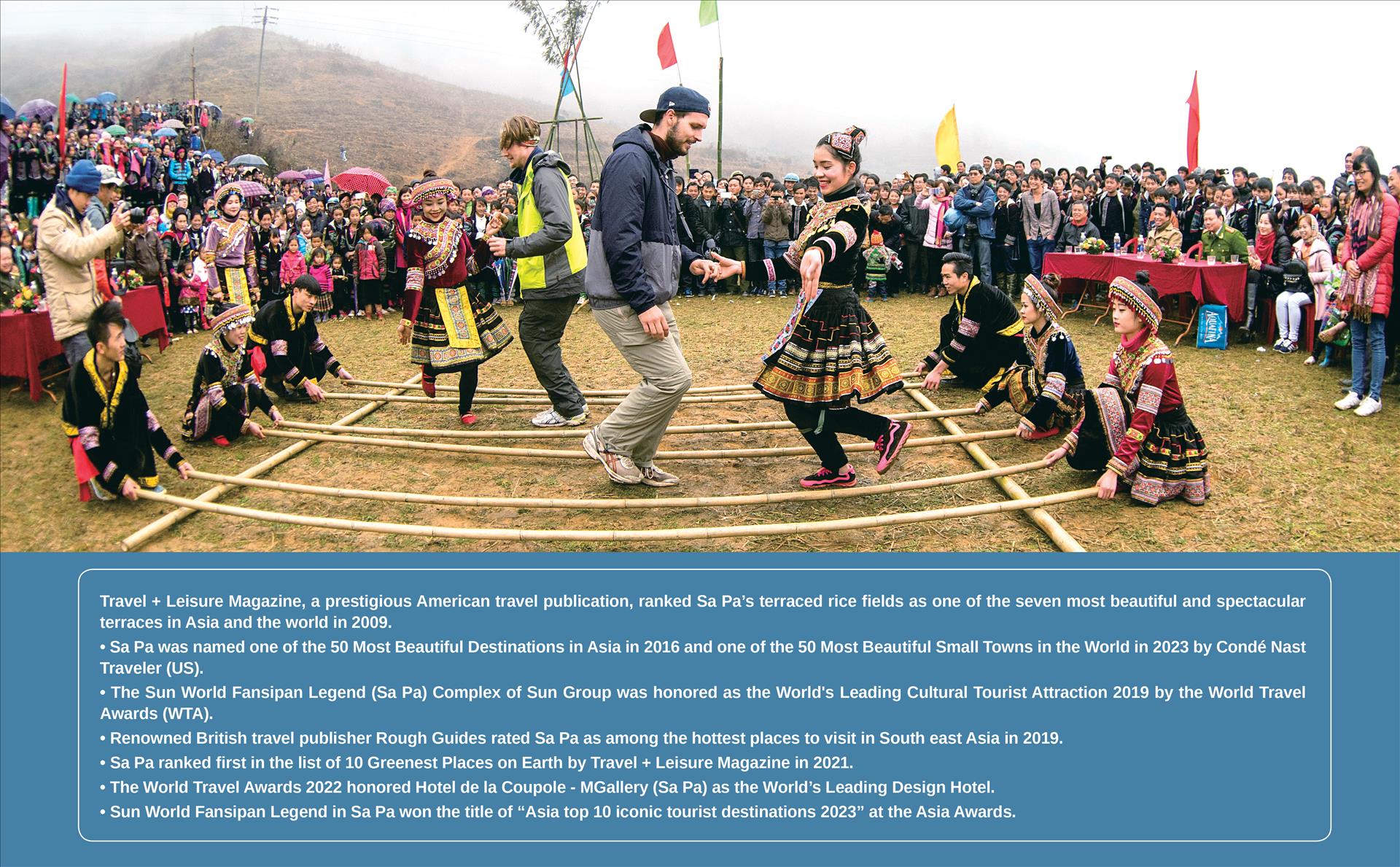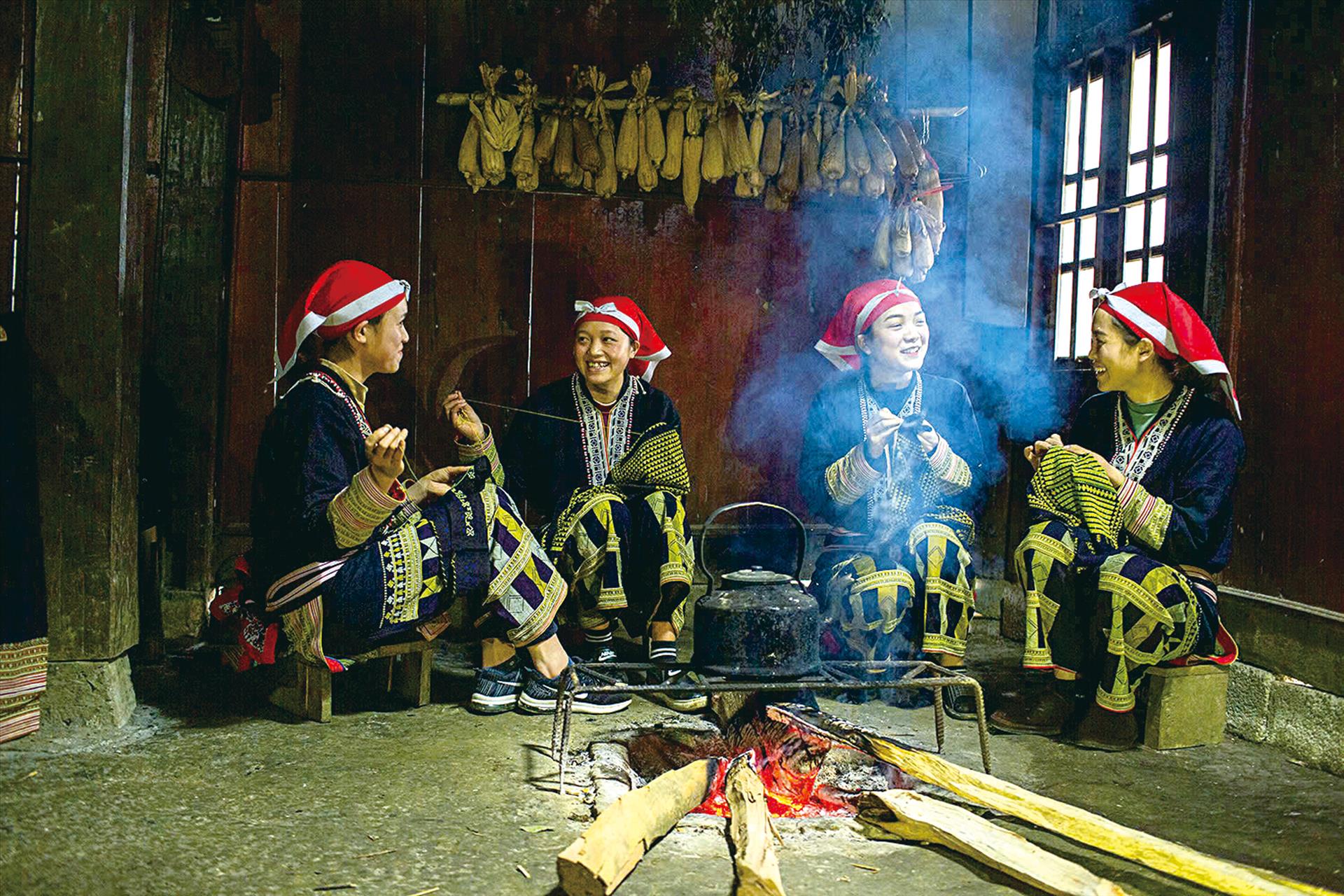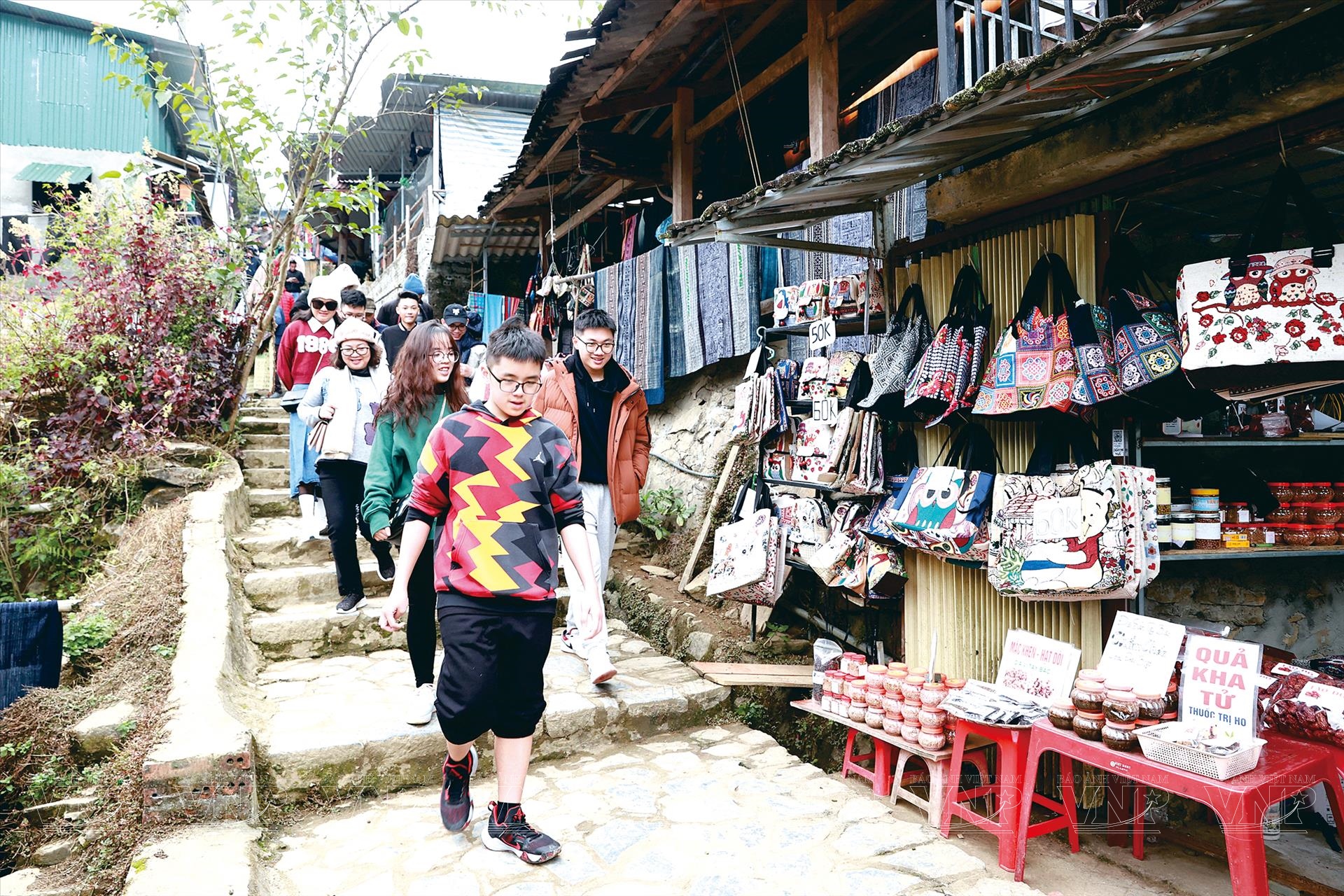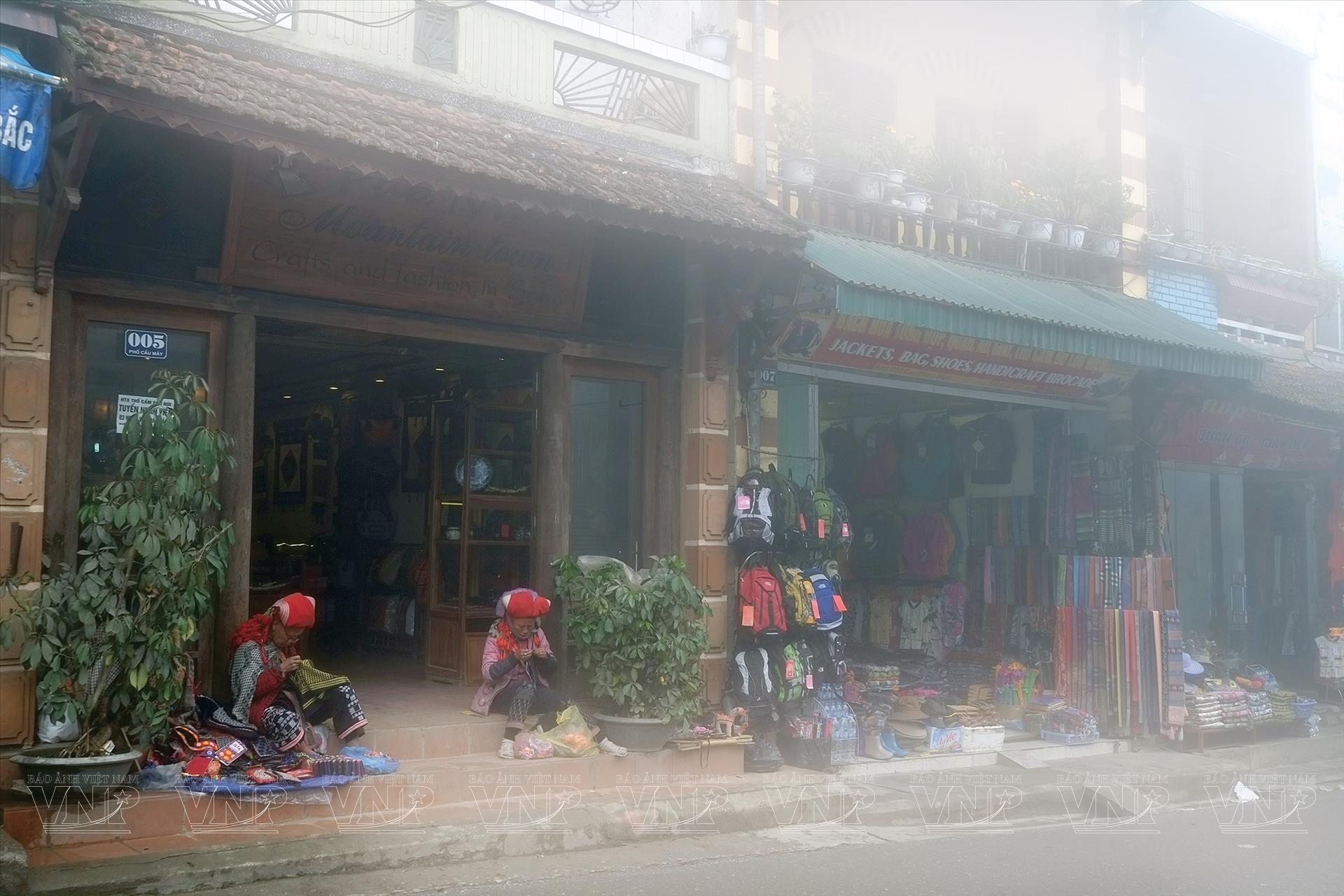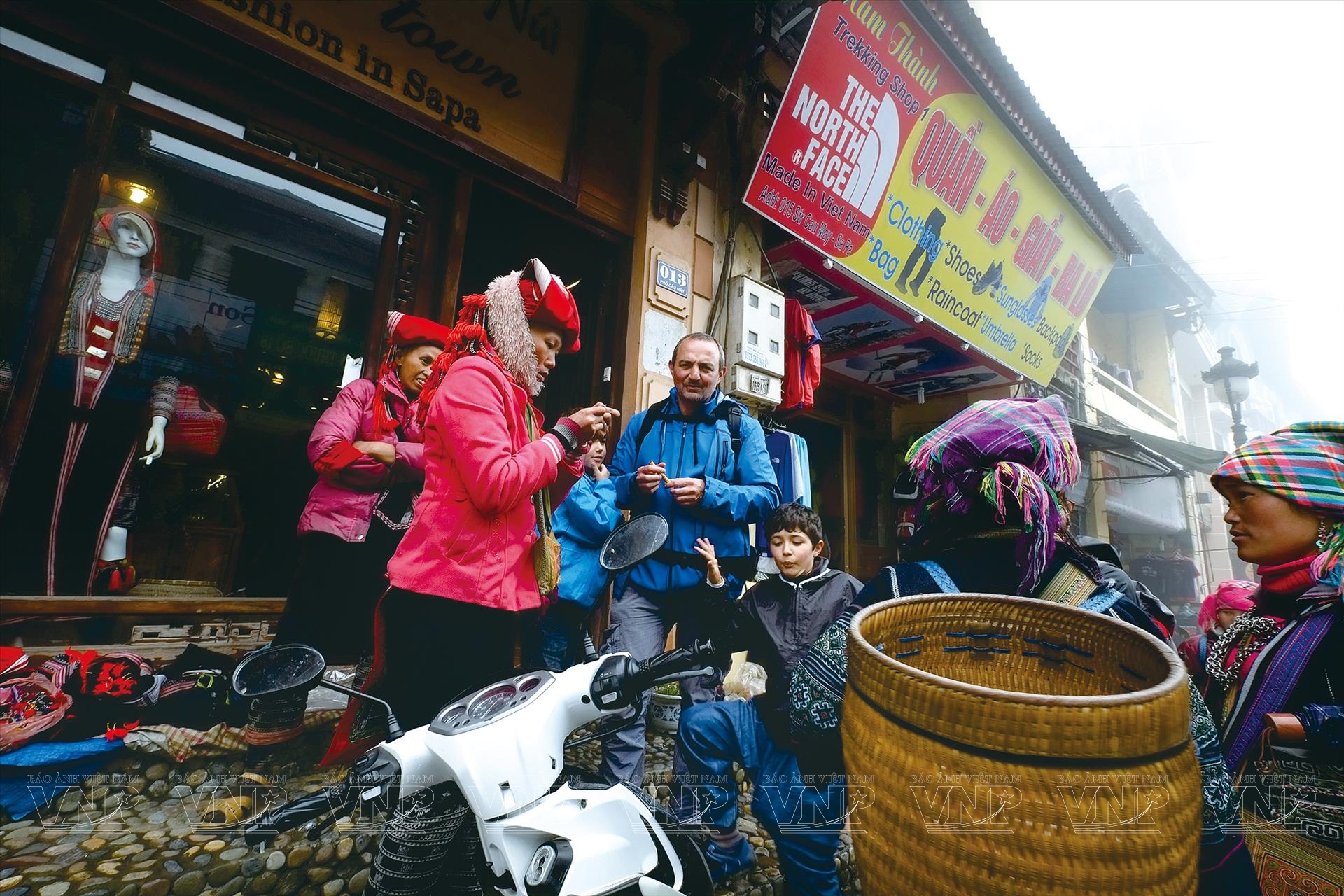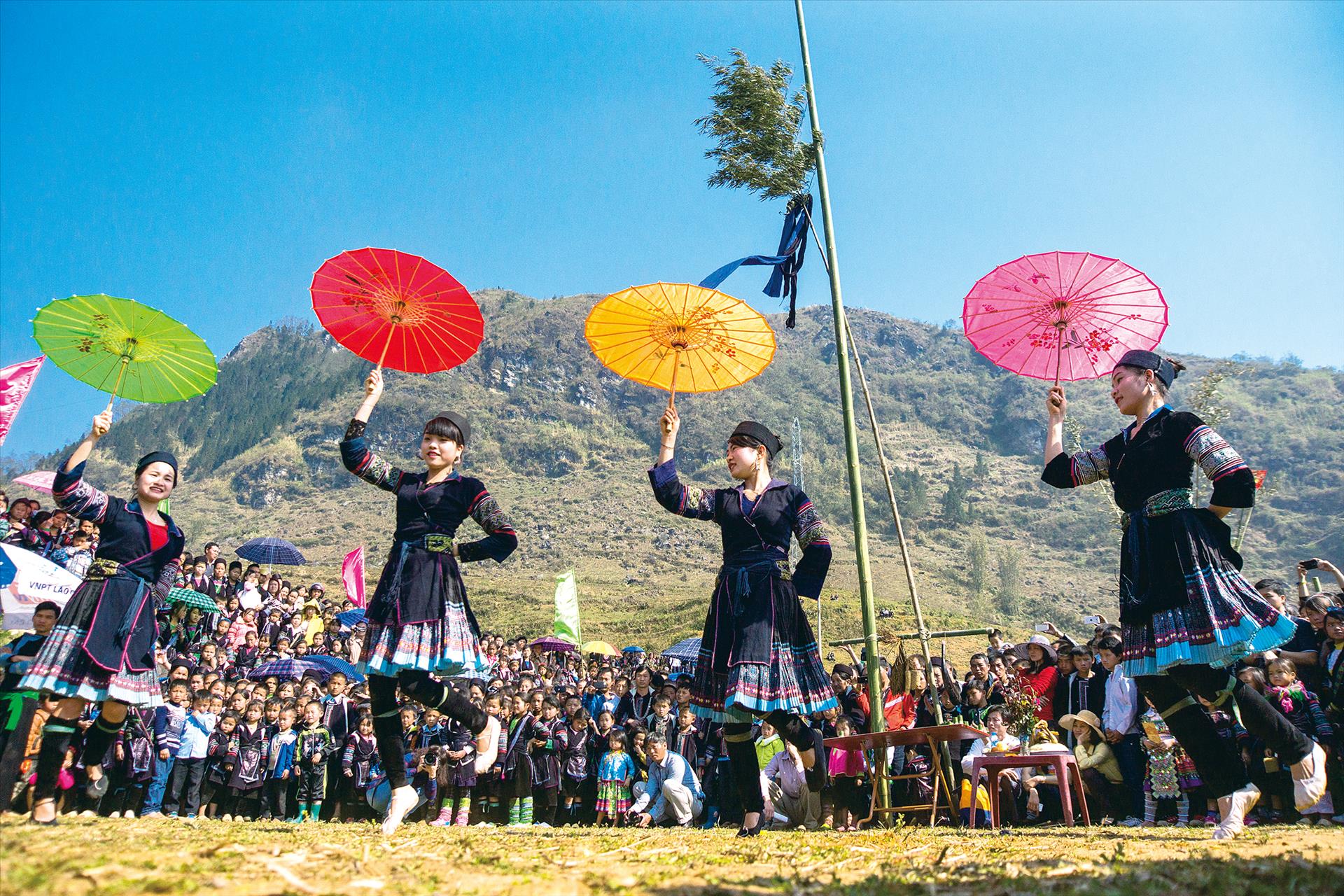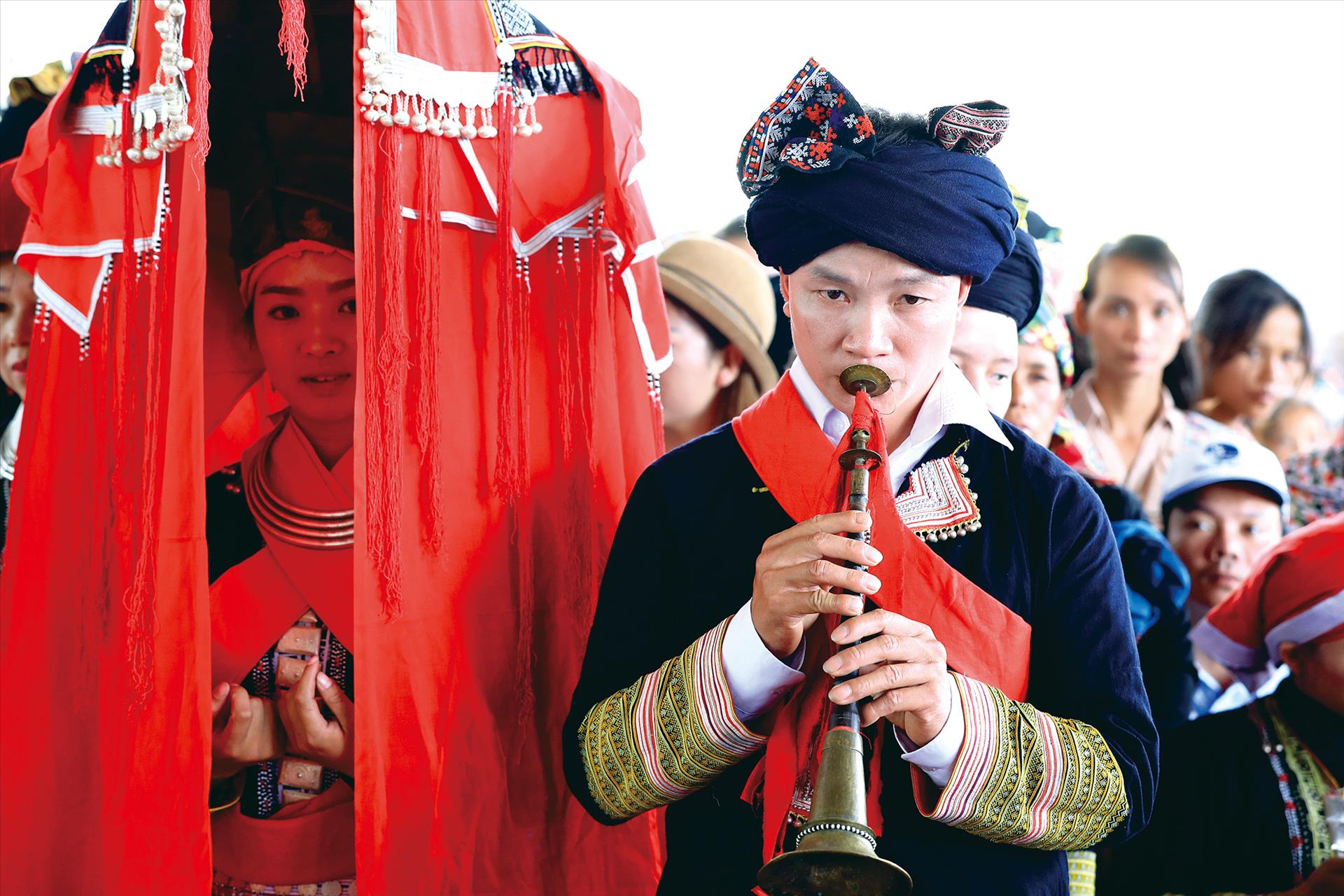Sa Pa - A Symphony of Nature and Culture in Vietnam's Northwest
Sa Pa is often described as a captivating symphony of nature and culture in the highlands of Tay Bac (Northwest Vietnam). This region is known for its expansive, poetic, and majestic natural beauty, complemented by the vibrant cultural life of ethnic minority groups such as the Hmong, Red dao, Tay, Giay, and Xa Pho. These diverse elements come together to create a unique and compelling charm, making this town a world-renowned destination.

Sa Pa, a town in Lao Cai Province, is a renowned destination in Northwest Vietnam. As Lonely Planet once described it, the Hoang Lien Son Mountain Range (Sa Pa, Lao Cai Province) is known internationally as the Tonkinese Alps. This majestic range, which soars into the sky, is home to Fansipan, the highest peak in Vietnam. Visitors can witness the beauty of the jagged, conical peaks, the terraced rice fields cascading down into the valleys, and the villages of ethnic minorities such as the Hmong, Red Dao, and Giay, each rich in traditional cultural heritage.
Visiting Sa Pa, travelers are offered a chance to explore the stunning beauty of Fansipan, which rises 3,143m and is often called the "Roof of Indochina," located about 9km from the town center. At this lofty height, several impressive temples and pagodas are set against a backdrop of drifting clouds and swirling winds.
On the roof of Indochina, visitors sometimes experience a range of unique emotions, by being enveloped in drifting clouds, other times navigating through thick fog, or hearing the roar of strong winds. In the mornings, a river of clouds cascades down from the mountain, flowing into Sa Pa, the Muong Hoa Valley, and the surrounding hamlets, creating a landscape that is both poetic and majestic.
On the sacred peak of Fansipan, nature presents itself in unique and captivating ways each day and throughout every season, offering a charm unmatched anywhere else in Vietnam. It might be the sight of snow blanketing the solemn spiritual complex atop the mountain in winter, the nights under a sky glittering with countless stars, or the evenings when the sunset bathes the sea of clouds in golden hues.
Located in Hau Thao Commune, about 8km from Sa Pa, the Muong Hoa Valley attracts many visitors with its magnificent terraced rice fields set against a picturesque natural backdrop. In the mist that envelops the land, the valley emerges as a unique and striking feature, evoking different emotions in visitors with each passing season.
The Muong Hoa Valley in spring is adorned with the pristine colors of peach and plum blossoms. During autumn, the valley is bathed in the golden hues of ripe rice in some of the world’s most stunning terraced fields. In winter, visitors come to hunt for snow, experiencing a romantic and exotic scene reminiscent of Western landscapes.
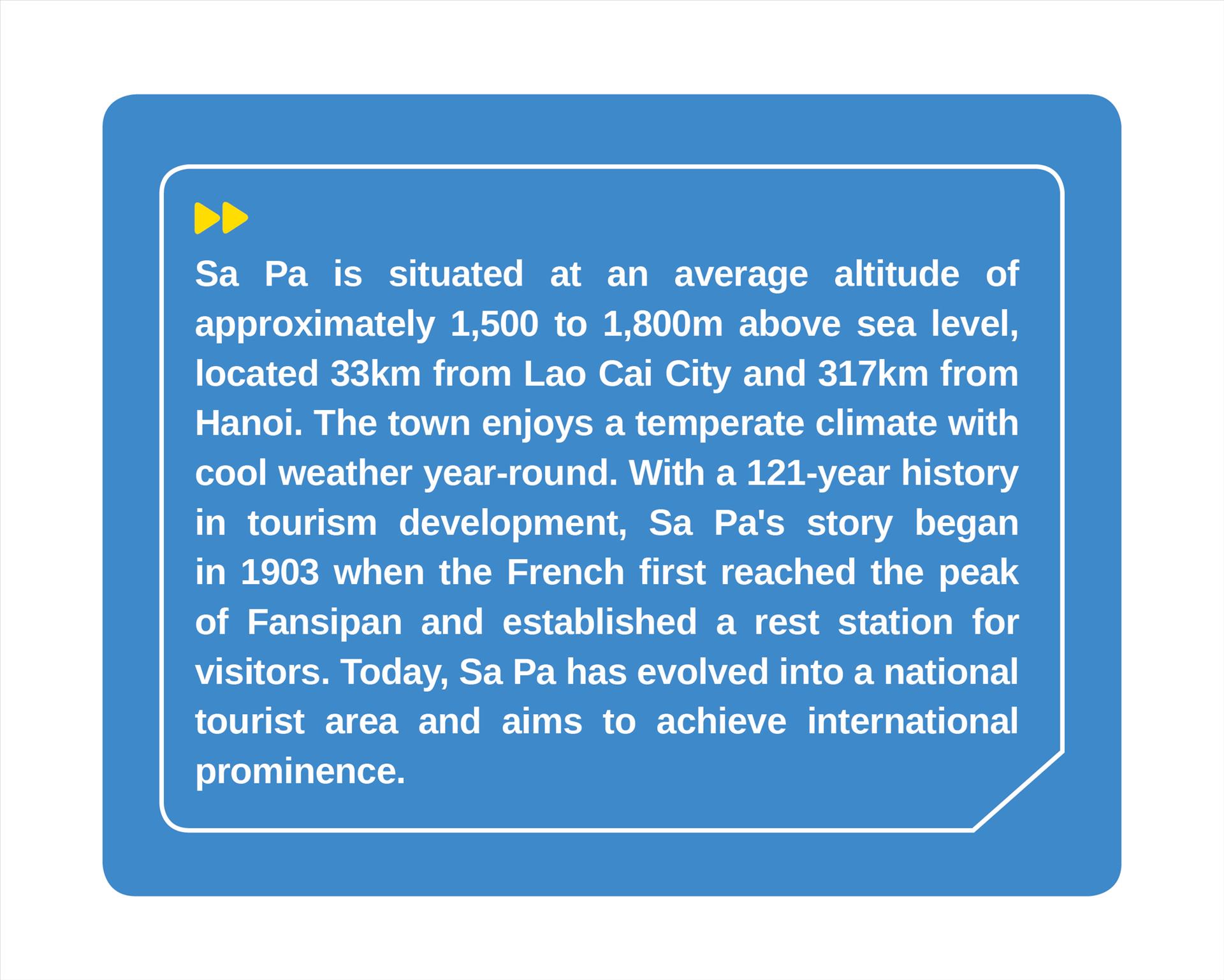
Located near the base of Fansipan and adjacent to the Muong Hoa Valley, Sa Pa Town offers a blend of historic charm and modernity. With a history spanning 121 years, Sa Pa's rich past is reflected in its historical landmarks, making it a significant attraction for visitors. Notable sites include the Stone Church, the Ta Phin Monastery, and the remaining French colonial buildings.
The Stone Church of Sa Pa, located in the heart of the town, was constructed by the French in 1926 and completed in 1935. Set against the backdrop of the Ham Rong Mountain, the church serves as the main place of worship for the local Christian community and is often referred to as the heart of the town in the clouds.
Today, visitors to Sa Pa are struck by the blend of newly built large hotels and restaurants featuring early 20th-century French architectural styles. Notable examples include the Hotel de la Coupole - MGallery by Sofitel, developed by Sun Group, and the PistaChio Sa Pa Hotel. The combination of historic and modern architecture, along with the picturesque natural scenery, creates a unique Sa Pa.
Sa Pa is a region with a long history of habitation by diverse ethnic groups, such as the Hmong, Red Dao, Tay, Giay, Xa Pho, and Kinh. Each ethnic group in Sa Pa has its own unique customs, traditions, and cultural traits, making the area perpetually intriguing and captivating to visitors.
The Hmong represents the largest population, making up about 50% of the inhabitants in Sa Pa. One of the most famous tourist destinations in Sa Pa is the Cat Cat Hamlet, primarily inhabited by the Hmong. This ancient hamlet still preserves traditional crafts such as cotton cultivation, weaving, and traditional jewelry making. Visitors to Cat Cat can explore and observe the daily life of the Hmong, see firsthand how they create traditional costumes, and enjoy local delicacies from the Northwest, including thang co (a traditional Hmong dish), corn wine, and dau xi (fermented soybeans).
The festivals of Sa Pa’s ethnic groups are vividly colorful, retaining many elements of ancient traditions. These festivals typically take place in the early months of spring and are often celebrated within individual hamlets. However, in Muong Hoa, some festivals extend to encompass entire regions.
The Hmong celebrate the Nao Song Festival (New Year Oath) on the 5th day of the Lunar New Year in a sacred forest within their hamlet. The Dao hold the Nhan Song Festival in January, featuring a rich blend of traditional folk arts, including dance and music (with rituals such as celestial chants, marches, and exorcisms), as well as storytelling about the lineage of clans like Ban, Trieu, and Dang, and tales of deities in Dao beliefs.
Among Sa Pa’s festivals, the Gioong Booc Festival of the Giay stands out for its large scale, attracting thousands of participants from the Giay, Hmong, and Dao communities in the Muong Hoa Valley. The Xa Pho in Nam Sang celebrate the village cleaning festival on the 2nd day of the Lunar New Year, with rituals to ward off evil and pray for safety.
Today, traditional festivals are increasingly expanded to attract more tourists. The fascinating stories of the cultural life of Sa Pa’s ethnic groups seem endless, as both tangible and intangible cultural values remain rich and are diligently preserved by the local people. Everything awaits discovery by visitors, as each day and season in Sa Pa unfolds as a new “symphony” with enchanting notes and diverse rhythms.
Story: Thong Thien Photos: Nguyen Thang, Hoang Ha/VNP & Pham Bang
Translated by Nguyen Tuoi
Designed by Trang Nhung

